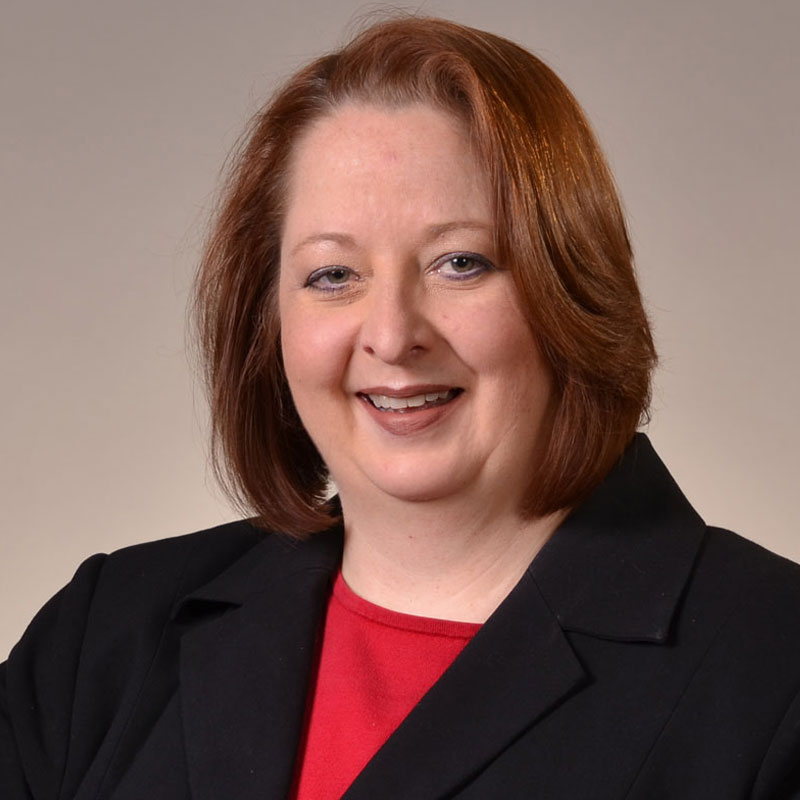Back to Projects List
21st CCLC Observation Rubric Development
Subcontract
Research Team
Principal Investigator: Michelle Howell Smith
Funding Information
Funding Agency: Nebraska Department of Education (NDE)
Subcontract from: University of Nebraska Medical Center (UNMC)
Award Date: Jun 1, 2018
End Date: Jul 31, 2019
Abstract
This project is funded by a subcontract from the University of Nebraska Medical Center.
After-school and summer programming can provide enriching experiences for K-12 students, particularly those from low-income families. While quality out-of-school programming does not replace high-quality instruction, it can offer additional academic support and services that reinforce the school-day curriculum, provide opportunities for social and emotional development, and increase family and community engagement.
The Nebraska Department of Education, as part of its federally funded 21st Century Community Learning Centers, has identified the following indicators of high-quality, out-of-school time programming:
- Intentional programming aligned with the school day program
- Engaged learning
- Diverse, prepared staff including certificated educators
- Community-school partnerships and resource sharing
- Participation, access and support during transitions
- College and career awareness and readiness
- Family engagement
- Administration with sound management and well-developed systems
- Safety, health and wellness
- Ongoing assessment and improvement
The Nebraska Academy for Methodology, Analytics and Psychometrics (MAP Academy) — in collaboration with the Nebraska 21st Century Community Learning Centers at the Nebraska Department of Education, the Munroe-Meyer Institute at the University of Nebraska Medical Center, and Educational Service Unit 18 serving Lincoln Public Schools — is developing an observational rubric to identify quality indicators for out-of-school programming. This new observational rubric will respond to the following design challenges:
- Be efficient and intuitive to administer so that programs can use it as a self-assessment.
- Identify strengths and provide feedback on potential areas for improvement.
- Align with established quality indicators.
